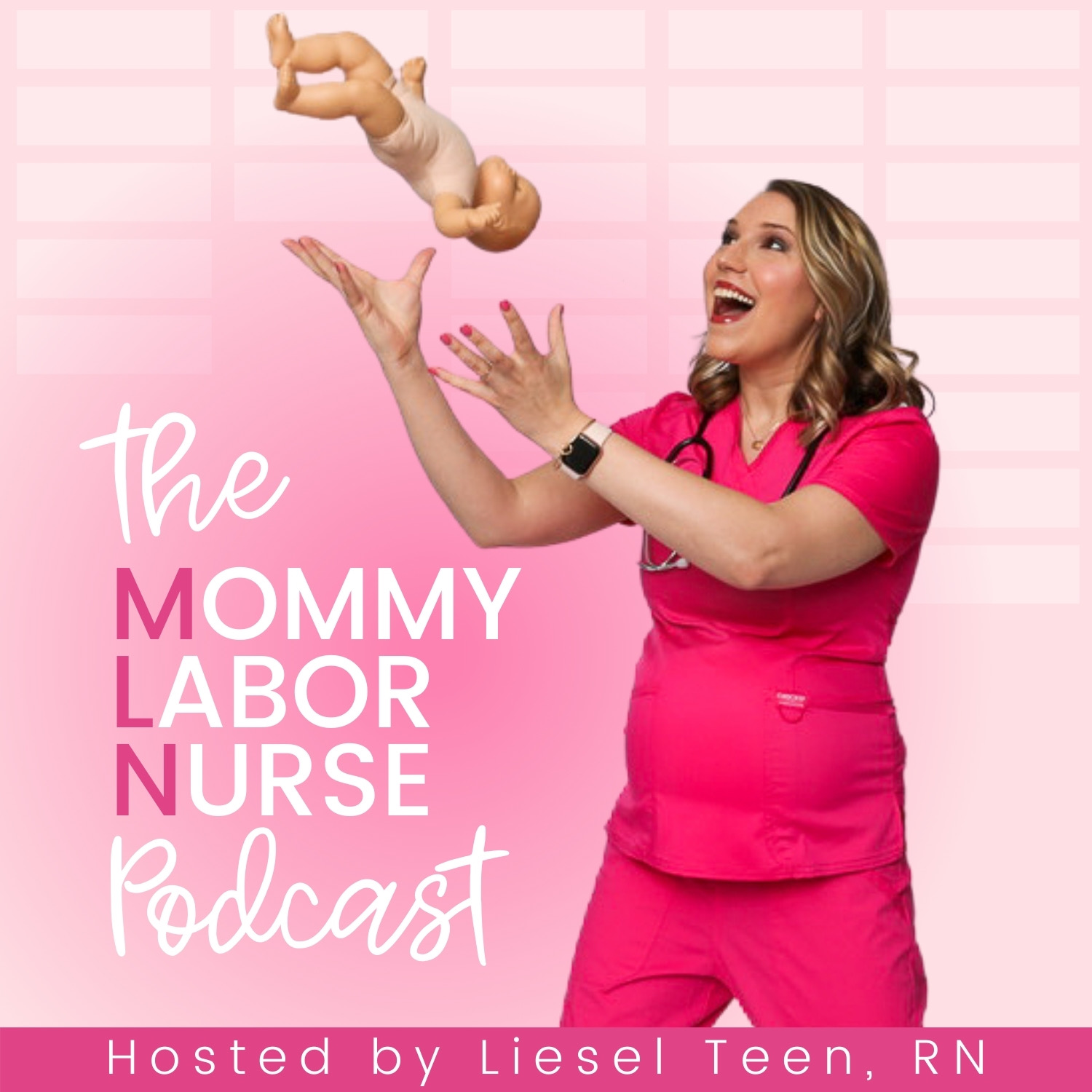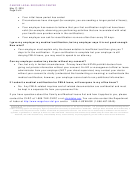Who Handles FMLA Paperwork for Cancer Patients?

Dealing with a cancer diagnosis can be overwhelming not just emotionally but also administratively. Among the numerous tasks that come into focus is understanding and navigating the Family and Medical Leave Act (FMLA). FMLA provides critical job protection for employees who need to take leave for serious health conditions like cancer. But who exactly handles the FMLA paperwork for cancer patients? Let's explore this in detail.
What is FMLA?

FMLA is a federal law that grants eligible employees up to 12 weeks of unpaid, job-protected leave in a 12-month period for specified family and medical reasons. Here’s a quick overview:
- Eligibility: Employees must have worked for their employer for at least 12 months, with at least 1,250 hours of service during the previous 12-month period, and the employer must have at least 50 employees within a 75-mile radius.
- Covered Reasons: Serious health conditions, childbirth, adoption, foster care placement, caring for a family member with a serious health condition, or military exigencies.
Who Handles FMLA Paperwork?

The process of managing FMLA paperwork involves multiple parties, each with distinct roles:
- Employee:
- Notifies the employer of the need for FMLA leave.
- Provides necessary medical certification to validate the need for leave.
- Fills out the FMLA Leave Request Form.
- Employer:
- Provides the employee with necessary forms.
- Designates leave as FMLA leave if it meets the criteria.
- Tracks the amount of FMLA leave used.
- Notifies the employee of their FMLA rights and responsibilities.
- Healthcare Provider:
- Completes and signs medical certification forms.
- Provides information on the nature and expected duration of the medical condition.
Steps for Cancer Patients to Request FMLA Leave

Here’s how a cancer patient or their caregiver can navigate the FMLA request process:
- Notification: Inform your employer of your cancer diagnosis or the need to care for a family member with cancer as soon as possible.
- FMLA Forms: Obtain the necessary FMLA forms from your employer’s HR department or the U.S. Department of Labor website.
- Medical Certification:
- Provide your healthcare provider with the medical certification form (Form WH-380) to complete.
- The provider will detail the health condition, expected treatment schedule, and duration.
- Submission: Submit all completed paperwork to your HR department or the designated employer contact.
- Approval: Await approval from your employer. If the leave qualifies under FMLA, your employer must provide written notice of their decision.
📝 Note: Employers can request a second or third medical opinion if they doubt the initial certification, but they must pay for these additional opinions.
Key Considerations

- Paperwork Deadline: Employees must generally provide medical certification within 15 calendar days after the employer requests it.
- Intermittent Leave: For ongoing treatments like chemotherapy, FMLA leave can be taken intermittently.
- Privacy: Medical information is confidential and should only be discussed with necessary parties for FMLA purposes.
Challenges and Solutions

Some common challenges in handling FMLA paperwork for cancer patients include:
- Time Constraints: Balancing treatment schedules with paperwork deadlines can be tricky.
⏳ Note: Ask for help from friends or family to manage deadlines.
- Complexity: FMLA forms can be confusing, especially for first-time users.
📘 Note: Some employers offer FMLA workshops or counseling to help employees navigate the process.
- Intermittent Leave Tracking: Keeping track of intermittent leave can become cumbersome.
📅 Note: Use HR tools or apps to track FMLA time, reducing errors in leave tracking.
As cancer patients navigate their treatment and recovery, knowing who handles FMLA paperwork and understanding the process can ease the burden. Employers play a significant role in managing and approving FMLA leave, but the process starts with the employee initiating the request. Clear communication, timely submission of necessary documentation, and cooperation with your healthcare provider are key. With the right support, taking time for cancer treatment while maintaining job security becomes less daunting.
Can an employer request additional medical opinions for FMLA leave?

+
Yes, an employer can request a second (and possibly third) medical opinion if they have reason to doubt the certification provided by the employee’s healthcare provider. The employer is responsible for the cost of these additional opinions.
What if an employee doesn’t qualify for FMLA?

+
If an employee doesn’t meet the FMLA eligibility criteria, they might look into state or company-specific leave policies that could provide similar protections or benefits.
How does intermittent leave work under FMLA for cancer treatment?

+
Intermittent leave allows employees to take leave in separate blocks of time or to work a reduced schedule. This is particularly useful for treatments like chemotherapy, where appointments are not daily but regular.